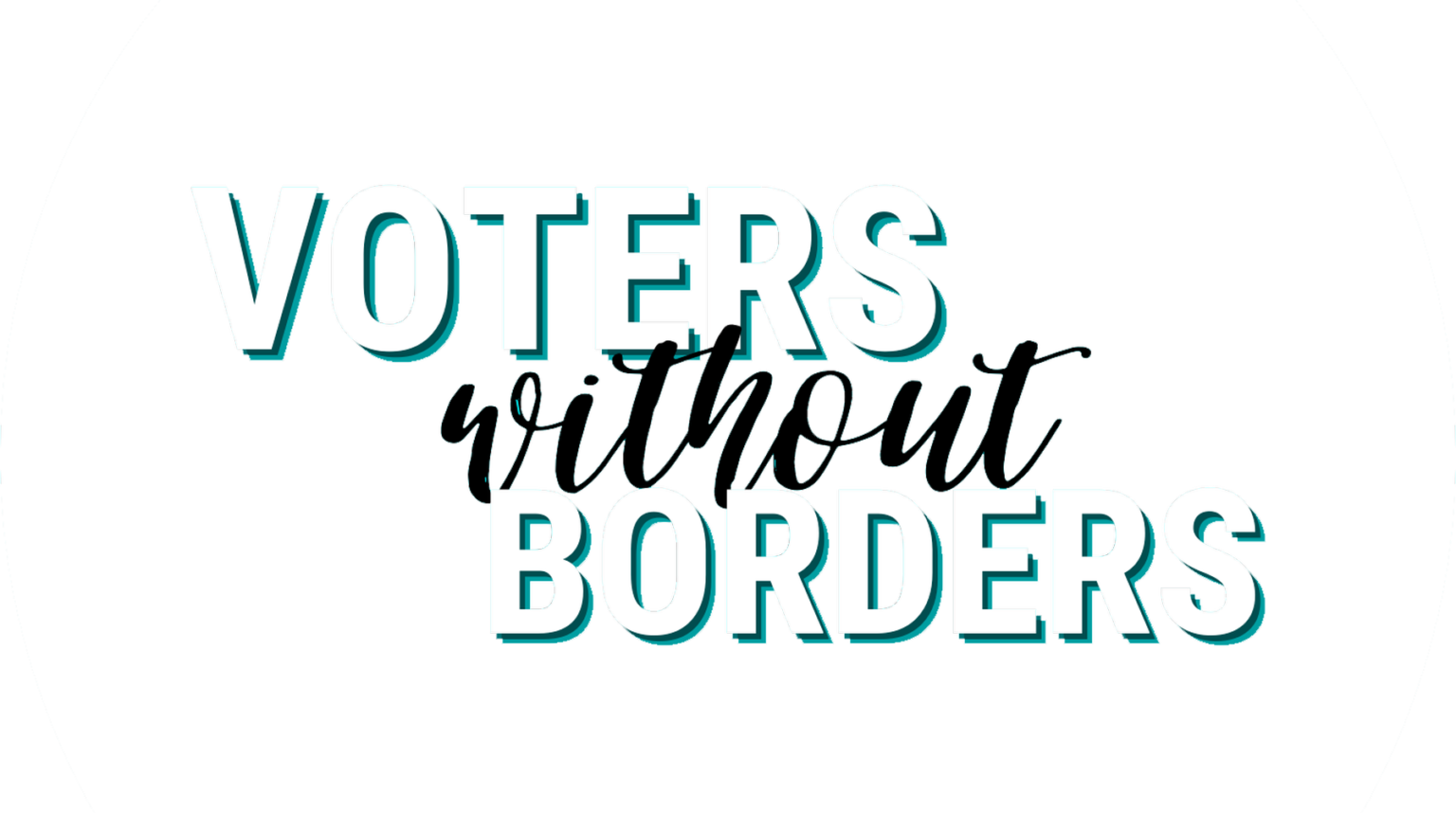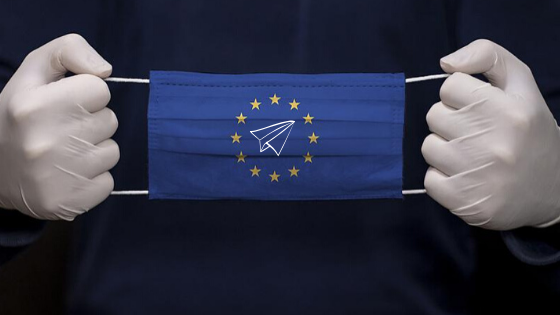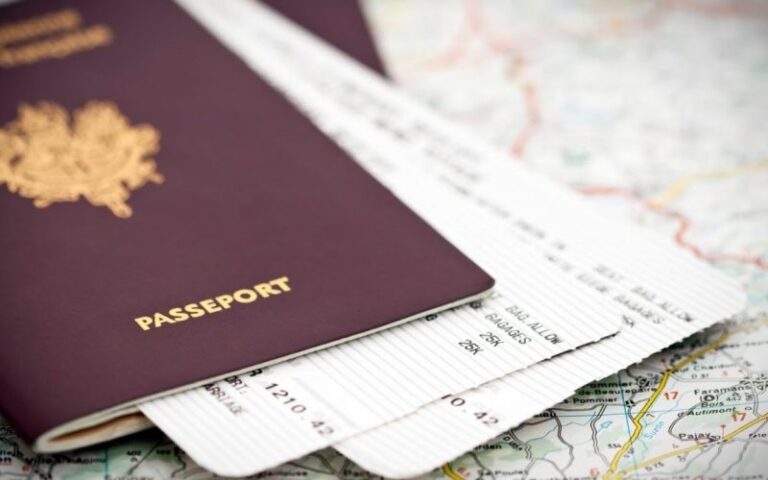Since coming to Belgium to study abroad, it is difficult not to notice the differences between the United States and Europe. When making comparisons, often people see one as better or worse, but truly they are just different! Here are 5 differences between the US and Europe I see as the largest distinctions between the two continents that I wish I would have known about before travelling.
1. Alcohol and Water — The way Europeans treat alcohol is far more mature than in the States. Foremost the legal drinking age in Europe is 16 or 18, while in the US it is 21 years old. This means by the time Europeans are in their 20s, they have gotten past years of binge drinking and understand the effects alcohol has on them. Additionally, it is more common to see a European having a glass of wine or a beer at lunch, because they understand the responsibility of having a drink and do not feel compelled to order several more drinks. Similarly, a big shock to me when I came abroad was the lack of free water! In the States, it is expected of restaurants to give water to every guest when they first arrive, and continue filling the glass throughout the meal. Furthermore, the price of water is usually more than the glass of beer! There is a stark contrast in the way Europeans and Americans treat beverages, but being in Belgium has certainly made me appreciate a cold glass of cherry beer as much as a glass of free water!
2. Taxation and Tips — In Europe, the price you see is the price you pay. However, in America wherever you buy an item there is an added tax to the price you see. This means that although the tag may say $1.00, the price will actually be more than $1 at the register. Similarly, when you eat at a European restaurant, the price for service is included. Yet, in the States, it is expected to pay a 20% tip for the service. It is certainly more straightforward in European countries, but a difference that changes every purchase you make.
3. Credit Cards — In the United States, credit cards are a more common payment than cash. Almost every restaurant or shop will allow you to pay with a card, and only on the rarest of occasions are establishments cash-only. Additionally, paying with a credit card on a smartphone or smartwatch is normalized as well. Surprisingly, when I came to Europe, it was difficult to adjust to credit cards being less common because I very rarely carry cash. However, it is very normal for restaurants to not allow payment with credit cards or shops to have a minimum charge for using a card. 
4. Public Transportation — In Europe, the public transportation systems are far more advanced than in the States; a metro card is almost as valuable as (if not more than) a driver’s license. The metro system can, for the most part, take you to wherever you need to go around the country you are in. Furthermore, it is possible to relatively inexpensively take trains to other countries. In America, the public transportation systems are usually smaller and can often be confusing or unreliable. However, American drivers can be a bit more patient with pedestrians, whereas in Europe you really need to check both sides before you cross the road!
5. Individualism vs. Cooperation — It seems one distinct difference between the way Americans and Europeans live is in their valued philosophy. United States citizens tend to lean towards individualistic notions, where it is “every man for themselves”. This becomes important in politics, because the pursuit of individual goals has greater value than the needs of the state. Europeans, on the other hand, tend to value the idea of “no man left behind”. This is exemplified in the success of the European Union to provide unified economic and political regulations, as well as freedom of travel. Europeans seem more likely to accept state interference, so long as it benefits Europe as a whole.
Ultimately, there are many differences between the United States and Europe, with pros and cons to each. Regardless, the best way to understand these cultural differences is to travel and find out for yourself!




